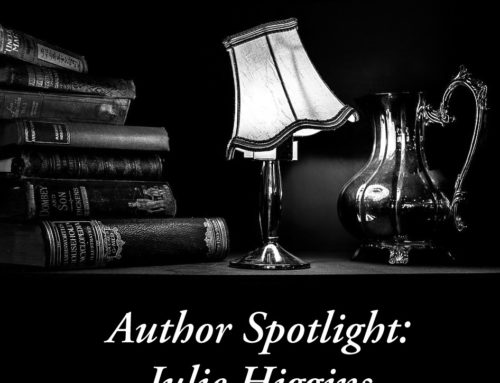Setting the Scene
In another of our hour-long episodes of the podcast, we discussed the importance of setting to a novel, including how setting can add to different aspects of the novel and how it can be used to deepen the readers understanding of both the external plot and the character’s inner struggles.

Episode Summary
We began our main episode of the month by providing an update on how things are going for each of us. While Sarah is currently quagmired in navigating a new job, she did manage to get a small amount of writing done on the Ancient Greece novel. Ashley meanwhile has been steam-rolling through her chapters. We both feel that we are at a point where we are beginning to know our characters thoughts and motives more deeply.
We moved into the main topic up for discussion in this episode: Setting the scene. First, we began with an overview of what the scene of your novel encompasses—it is not only where and when, but also the social, cultural and political climate, the weather, the geography, and time of year or day along with many other factors.
We then discussed why we think setting is important to a novel, and concluded it affects the entire tone and background of your story. It also anchors readers, so they are able to place your character within the world and gain more insight on the struggles your character is facing.
In the next question, we looked at how we choose our setting. Sarah relayed her experience of failing to nail down the setting for her standalone YA psych-thriller and having to come up with a specific setting midway through the first draft, which she did not recommend! Ashley concluded that choosing the setting depends largely on the type of story you want to tell. All books require a setting, but in some it is more pivotal to the plot than in others.
We followed on from that by looking at how we initially set the scene. Ashley relayed to examples of the opening paragraph of When the Rain Falls; one from a previous draft and the next as it stands currently. We identified key problems with the original version, including the fact it didn’t tell the reader where it was set, and offered no clues as to what the world looked like asides from describing the weather—a rather lackluster way of beginning a novel. In the next version, the place was identified a bleak picture was painted of the scene to give a dystopic feel. Sarah suggested starting broad when describing a scene and then honing in on specific details to draw the readers in. She also pointed out that even if you prefer a ‘media-res’ style of beginning your scene, at some point within the next few paragraphs you are still going to need to describe the scene so the readers are able to imagine the events that are happening in vivid detail.
We also looked at how the scene can be compared to a character, it has its own attributes, moods, and provides conflict. We relayed how the characters imbue the scene with feeling to make it come alive, through their personal experiences and memories.
Setting can also be used to depict theme. As we examined this aspect, we considered how often the scene can be a reflection of the character’s inner state of mind, and therefore follows the character’s arc. Themes, which are often related to character growth, can be further enhanced this way through setting.
As always, we had a few mistakes of the month to share! Tune in to listen to these for a bit of lighthearted fun.





















Adrian and I were debating about this. Do you have the story idea first or do you build the world first? I think most people have the story idea first. I, on the other hand, build the world first. My story idea doesn’t happen until after the world is built and the characters are developed.
It probably depends on the book, I would think! I can see that for yours building the world first might help, similar to our Ancient Greek novel… once we’d nailed down the time period the setting takes shape with historical fiction. But equally, I think some people are naturally skilled at world building and by the sounds of your novels you are probably one of these people! It probably also explains why I have trouble with setting sometimes, too. My focus is always the people and the stories that weave around them, and half the time I have to go back and add heaps of detail into my settings, haha.